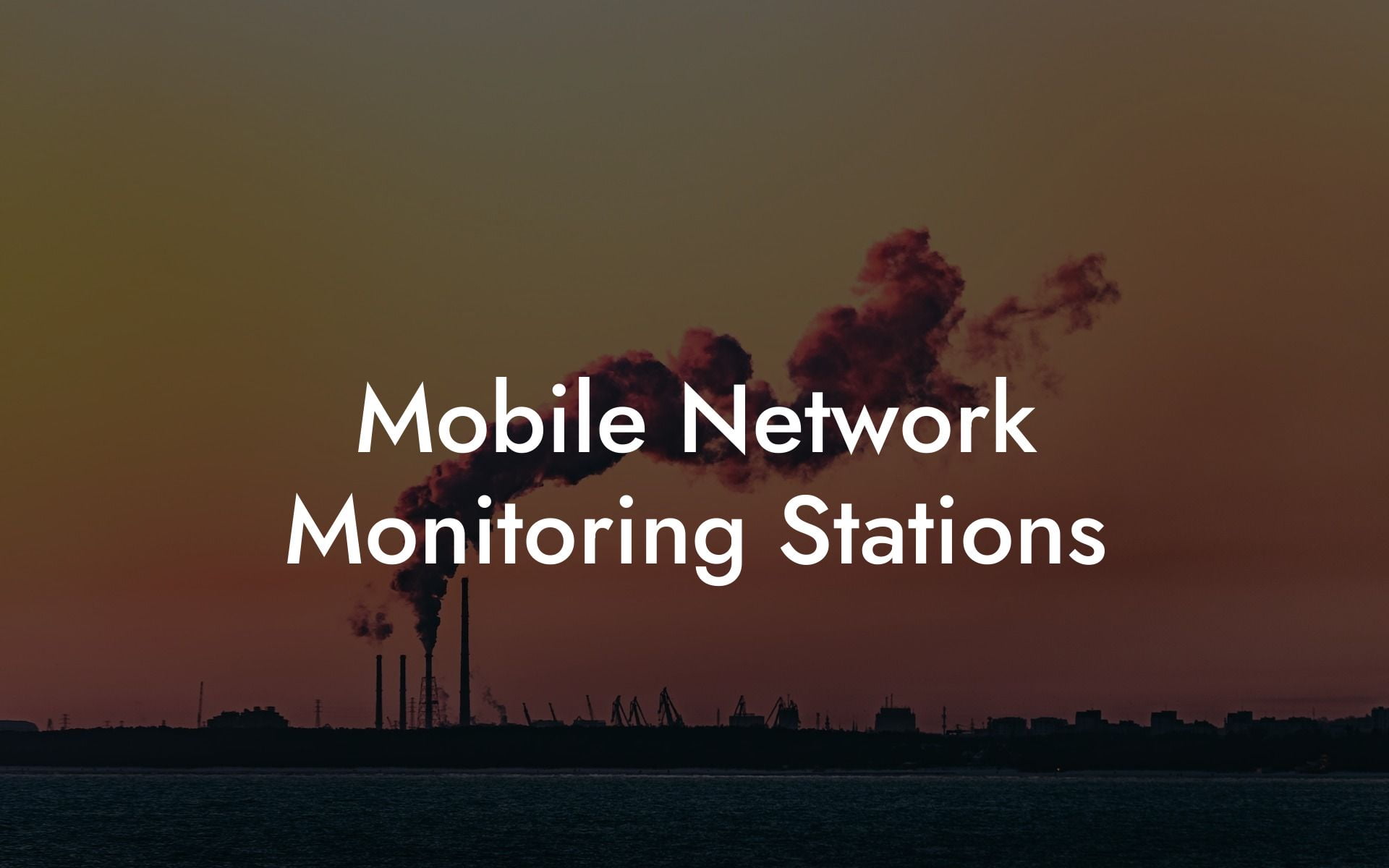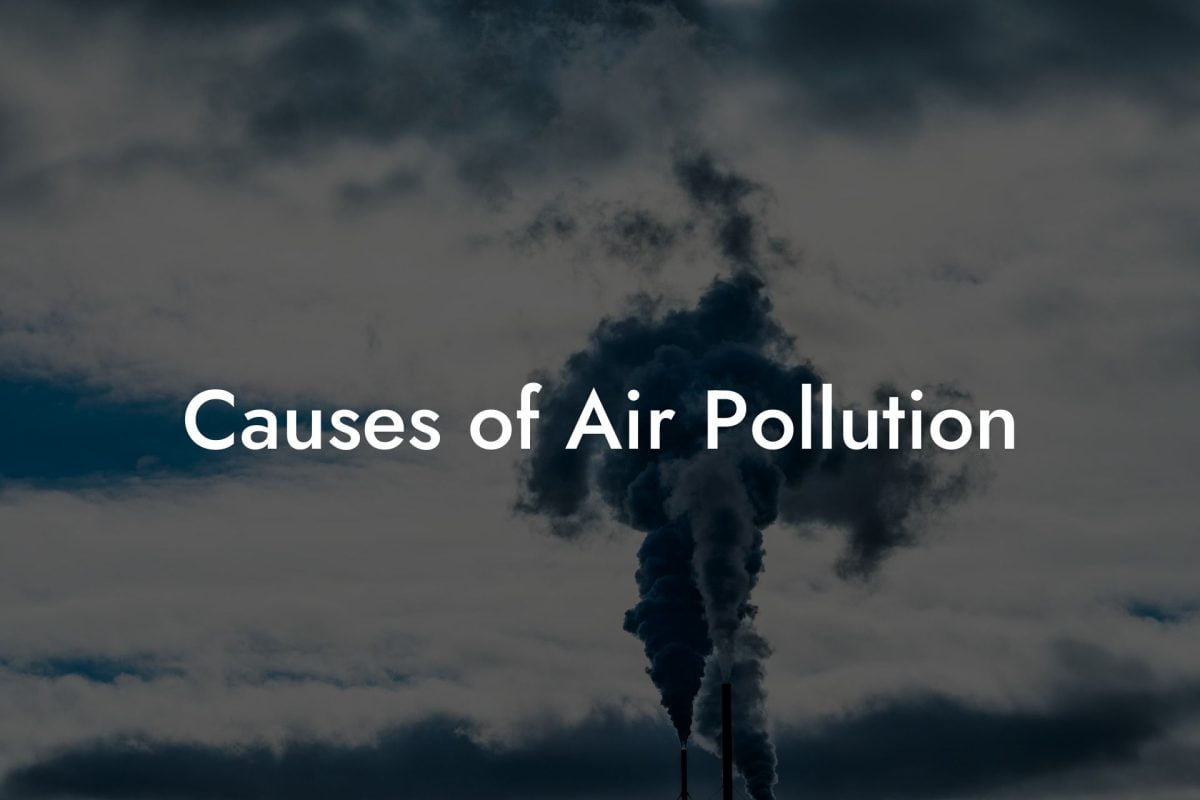Introduction to Mobile Network Monitoring Stations
Mobile Network Monitoring Stations (MNMS) are an innovative approach to air quality monitoring, offering flexibility and a dynamic perspective in understanding air pollution. These portable stations are crucial in complementing the data provided by fixed monitoring stations.
Advantages of MNMS
MNMS can be relocated as needed, allowing for targeted studies in specific areas, rapid response to pollution incidents, and filling in gaps in the fixed monitoring network.
Components of Mobile Network Monitoring Stations
MNMS are equipped with lightweight, portable sensors capable of measuring a range of air pollutants, including particulate matter, nitrogen oxides, sulfur dioxide, carbon monoxide, and volatile organic compounds.
Compact Meteorological Instruments
These stations often include compact meteorological instruments for recording weather data relevant to air quality studies.
MNMS typically feature advanced data transmission technologies for real-time data analysis and sharing.
Deployment of MNMS
In urban areas, MNMS are deployed to assess the impact of traffic emissions, industrial activities, and other urban pollution sources.
Specialized Research Projects
MNMS are used in research projects studying specific air quality issues, such as the dispersion of pollutants or the impact of certain events or activities.
Emergency Response
In case of industrial accidents or natural disasters, MNMS can provide rapid assessment of air quality impacts.
The Role of MNMS in Air Quality Management
Flexibility in Monitoring
The ability to relocate MNMS offers unparalleled flexibility in air quality monitoring, allowing for targeted studies and comprehensive spatial coverage.
Public Health Applications
Data from MNMS are crucial in identifying and mitigating health risks associated with short-term pollution events.
Policy and Planning
MNMS data support urban planning and policy-making, especially in managing traffic-related pollution and planning urban developments.
Challenges and Considerations
Calibration and Standardization
Ensuring the accuracy and consistency of data from MNMS, particularly when comparing with fixed stations, is a challenge.
Logistical Constraints
Deploying and maintaining MNMS requires careful logistical planning, especially in remote or densely populated urban areas.
Data Integration and Analysis
Integrating data from MNMS with other air quality data sources and analyzing this information to derive meaningful insights is critical.
MNMS in the UK Context
Enhancing the UK's Air Quality Monitoring
In the UK, MNMS are increasingly used to supplement the fixed monitoring network, providing detailed insights into localized air pollution issues.
Support for Local and Regional Studies
MNMS are instrumental in supporting local and regional air quality assessments and research initiatives across the UK.
UK Air Pollution: Your Comprehensive Air Quality Resource
Diverse Air Quality Data
UK Air Pollution offers an extensive database, including data from mobile network monitoring stations, providing a comprehensive view of air quality across the UK.
Why UK Air Pollution?
Our platform is the ideal resource for anyone seeking detailed, dynamic, and engaging information on air quality. We cater to researchers, environmental professionals, policy-makers, and the public.
Enhancing Air Quality Projects and Research
With UK Air Pollution, access a wealth of information on air quality, empowering your research, policy development, and environmental initiatives with up-to-date, comprehensive data.
Frequently Asked Questions
What is a Mobile Network Monitoring Station?
A Mobile Network Monitoring Station is a portable setup designed to monitor, analyze, and manage network performance and security in various locations, moving as needed.
How Do Mobile Network Monitoring Stations Work?
These stations work by using a combination of mobile computing, wireless communication, and portable monitoring equipment to collect and analyze data from different network segments on the go.
What are the Key Functions of Mobile Network Monitoring Stations?
Key functions include real-time network performance analysis, troubleshooting network issues, monitoring security threats, and providing network support in remote or temporary locations.
Why Are Mobile Network Monitoring Stations Important?
They are important for extending network monitoring capabilities to areas where fixed stations cannot reach, such as in remote or temporary event locations, or for providing supplemental coverage.
How Do Mobile Stations Differ from Fixed Stations?
Unlike fixed stations, mobile stations are not permanently installed in one location. They can be moved to different locations as needed, offering flexibility and coverage in diverse environments.
What Types of Networks Can Be Monitored by Mobile Stations?
Mobile stations can monitor various types of networks, including wireless, cellular, satellite, and temporary networks set up for specific events or projects.
Can Mobile Network Monitoring Stations Be Used for Event Management?
Yes, they are ideal for event management as they can be deployed to monitor and manage network performance and security for the duration of the event.
What Technologies Are Used in Mobile Network Monitoring Stations?
Technologies used include portable network analyzers, wireless sensors, GPS tracking, mobile computing devices, and sometimes drones for aerial network analysis.
How Do Mobile Monitoring Stations Enhance Network Security?
They enhance network security by providing on-site surveillance and analysis of network traffic, quickly identifying and addressing potential security breaches or vulnerabilities.
Are These Stations Equipped to Handle High Data Volumes?
Yes, they are typically equipped with advanced data processing and storage capabilities to handle high volumes of network data effectively.
Can Mobile Network Monitoring Stations Operate in Harsh Environments?
Many mobile stations are designed to be robust and can operate in various environmental conditions, including harsh or unpredictable weather.
How Fast Can a Mobile Station Be Deployed?
Deployment speed varies, but many mobile network monitoring stations are designed for rapid deployment, often being operational within a few hours of arrival.
What is the Role of AI in Mobile Network Monitoring?
Artificial Intelligence in mobile network monitoring can provide predictive analysis, automated troubleshooting, and enhanced data analytics capabilities.
Can Mobile Stations Monitor
Both Wired and Wireless Networks? Yes, mobile network monitoring stations are equipped to monitor both wired and wireless network infrastructures, providing comprehensive coverage.
How Do Mobile Stations Aid in Disaster Recovery?
In disaster recovery, they are crucial for quickly establishing communication networks, monitoring network performance in affected areas, and supporting emergency response efforts.
What Kind of Power Sources Do Mobile Monitoring Stations Use?
Mobile stations typically use a combination of power sources, including onboard generators, batteries, and sometimes solar panels, to ensure uninterrupted operation.
Can These Stations Provide Network Support in Rural Areas?
Absolutely, they can provide essential network support in rural areas where permanent network infrastructure is limited or nonexistent.
How Do Mobile Network Monitoring Stations Support Telecommunications?
They support telecommunications by ensuring optimal network performance, especially in areas with high demand or where temporary networks are set up.
What Are the Storage Capabilities of Mobile Monitoring Stations?
Storage capabilities vary but generally include advanced data storage systems to handle the large volume of data collected during network monitoring activities.
How Are Data Security and Privacy Handled in Mobile Stations?
Data security and privacy are handled through encryption, secure data transmission protocols, and adherence to data protection regulations to safeguard collected data.
Can Mobile Stations Be Used for Educational and Research Purposes?
Yes, the data collected by mobile stations can be invaluable for educational and research purposes, offering insights into network dynamics, performance, and security.
How Do Mobile Network Monitoring Stations Impact Network Management?
They have a significant impact on network management by providing flexible and responsive monitoring solutions, helping network administrators manage and optimize network performance effectively.
What Future Developments Are Expected in Mobile Network Monitoring?
Future developments may include greater integration of IoT devices, enhanced AI and machine learning capabilities, and more advanced data analytics tools for deeper network insights.














